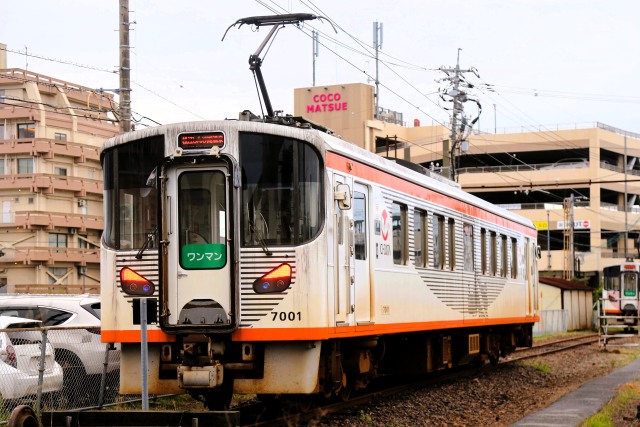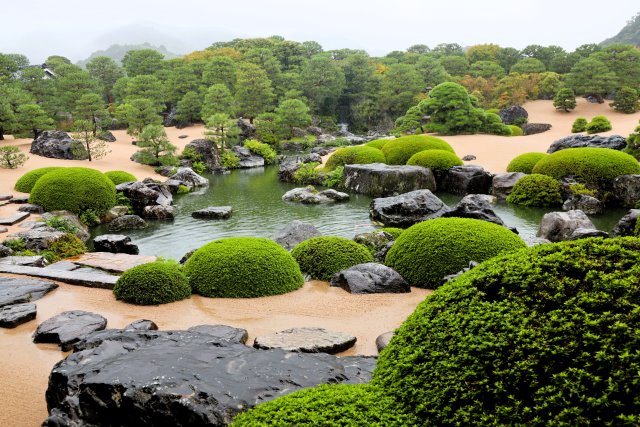Time really flies. On the day before returning home, I went to see the night view of Lake Shinji-ko in Matsue City. Unfortunately it was raining, but I could still enjoy the beautiful illuminations on the opposite shore (see the photo below).
Lake Shinji-ko is blessed with various aquatic products known as the “Delicacies of Lake Shinji-ko,” including shrimp, eel, whitebait, smelt, and shijimi clams. All of them taste wonderful, but shijimi is my personal favorite. It is a type of freshwater black clam commonly used in Japanese home cooking and widely available at grocery stores.
The day of departure finally came. I boarded the limited express “Yakumo (Overlapping Clouds)” at Matsue Station. A new model, the EMU JR West 273 series, has recently been introduced for the Yakumo service (see the top photo). The 273 series debuted on April 6 this year, replacing the old EMU 381 series. A total of 11 sets (44 cars) were built by Kinki Sharyo.
The highlight of this model is its remarkable curve-passing performance. By tilting its body using pendular technology, the 273 series can maintain higher speeds through the tight curves on the trans-mountain section penetrating the Chugoku Mountains. The ride is pleasantly smooth, even when running along the winding tracks. The light-brown body color also looks unique and vivid.
After enjoying the scenery of the mountains, I arrived at Okayama, which is the transfer station to Sanyo Shinkansen.



















